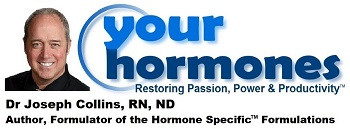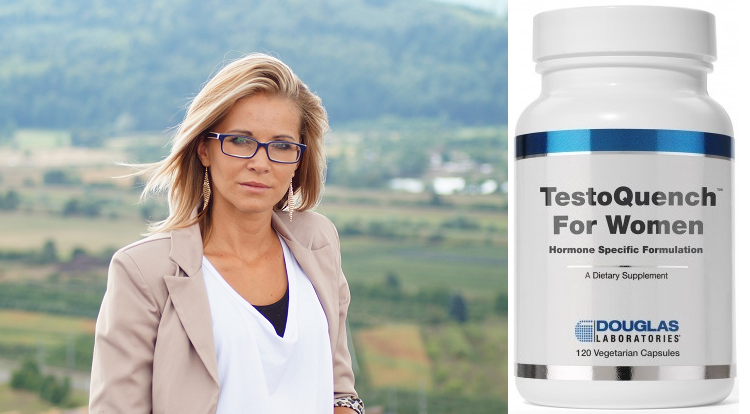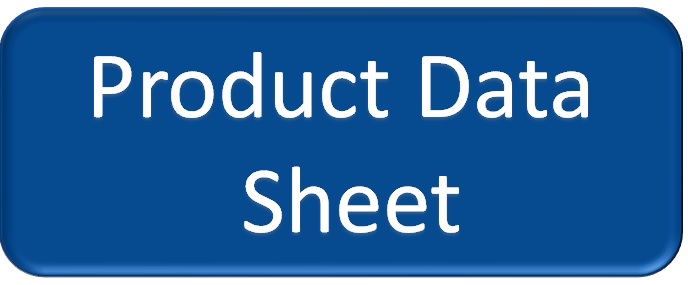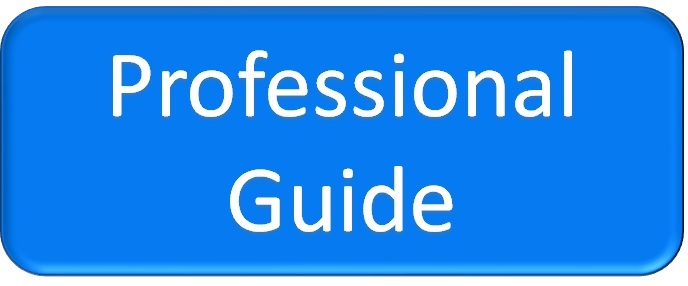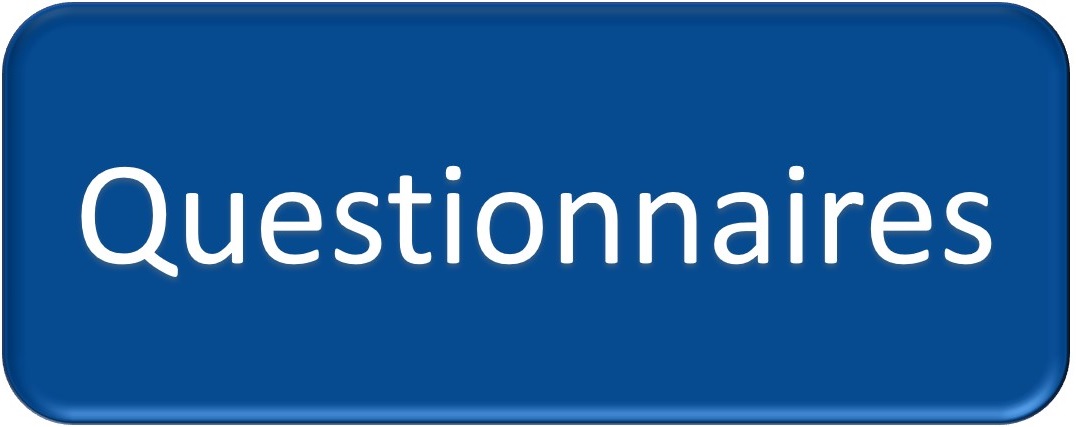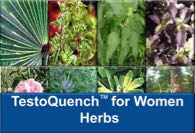TestoQuench™ for Women decreases production of testosterone and promotes the production of estrogen in women to support the healthy function of skin, hair, heart, breasts, vagina and other testosterone sensitive tissues.
The primary function of TestoQuench™ for Women is to support the normal function of testosterone and other androgens through a synergistic combination of phytoantiandrogens designed to restore healthy hormone balance by calming and supporting the ideal function of testosterone sensitive tissues. Phytoantiandrogens are a class of phyto-compounds that decrease tissue sensitivity to androgens or decrease androgen activity, such as through the action of 5-alpha-reductase inhibition, which decreases conversion of testosterone to the more androgenic dihydrotestosterone.
The synergistic combination of specific herbs in TestoQuench™ for Women support important functions associated with optimal testosterone health in women:
Promote normalized function of testosterone, allowing healthy androgen functions
Promote healthy production and function of estrogens and progesterone, the endogenous hormones that naturally control the actions of testosterone in women.
Support healthy blood sugar levels
Promotes healthy immune function, restoring normal inflammation response
Helps normalize the function of skin, heart, breasts, brain and other tissues sensitive to testosterone
Supports healthy brain function, memory, and cognition, enhances mood while promoting tranquility
How is TestoQuench™ for Women used?
TestoQuench for Women™ is used by healthcare professionals to decrease hypersensitivity to testosterone and other androgens in tissues that are sensitive to androgens. It can restore and support healthy function of tissues by decreasing testosterone production, decreasing conversion of testosterone to dihydrotestosterone (DHT), preventing testosterone
and other androgens from binding to androgen receptors. TestoQuench for Women™ improves patients with many conditions including:
PCOS & PCO-Like syndrome. Androgen excess and hypersensitivity to androgens is almost universal in patients with polycystic ovary syndrome as well as patients with the atypical phenotype presentation of PCO-Like syndrome.
TestoQuench for Women™ can effectively decrease excessive androgen production by polycystic ovaries and decrease sensitivity of androgen sensitive tissue due to the androgen receptor antagonist activity of herbs in the formulation. The formulation also has anti-hyperglycemic properties, which is very import for PCOs patients.
Menopause Types® 3, 6, 9 & 12. These Menopause Types® have signs and or symptoms of androgen excess that respond well to the anti-androgen properties of the herbs in TestoQuench for Women™. By controlling menopause associated androgen excess, TestoQuench for Women™ can decrease the cardiovascular and blood sugar health risks associated with androgen excess in women.
PMS/PMDD. Some forms of PMS/PMDD involve some degree of androgen excess, or androgen sensitivity, even in patients that do not have PCOS or PCO-like syndrome. PMS/PMDD associated androgen excess may present with cycle related increase in acne, oily skin, water retention, mastalgia, abdominal bloating and mood changes including increased anger, irritability, and increased intrapersonal conflicts.
References
Ahmed M, Nazeer Ahamed R, Aladakatti RH. Effect of benzene extract of Ocimum sanctum leaves on cauda epididymis of albino rats. J Basic Clin Physiol Pharmacol. 2009;20(1):29-41.
Albert-Puleo M. Fennel and anise as estrogenic agents. J Ethnopharmacol. 1980 Dec;2(4):337-44.
Aswar U, Bodhankar SL, Mohan V, Thakurdesai PA. Effect of furostanol glycosides from Trigonella foenum-graecum on the reproductive system of male albino rats. Phytother Res. 2010 Oct;24(10):1482-8.
Jakimiuk AJ, Weitsman SR, Magoffin DA. 5alpha-reductase activity in women with polycystic ovary syndrome. J Clin Endocrinol Metab. 1999 Jul;84(7):2414-8.
Nahata A, Dixit VK. Ameliorative effects of stinging nettle (Urtica dioica) on testosterone-induced prostatic hyperplasia in rats. Andrologia. 2012 May;44 Suppl 1:396-409. doi: 10.1111/j.1439-0272.2011.01197.x.
Nasri S, Oryan S, Rohani AH, Amin GR. The effects of Vitex agnus castus extract and its interaction with dopaminergic system on LH and testosterone in male mice. Pak J Biol Sci. 2007 Jul 15;10(14):2300-7.
Plosker GL, Brogden RN. Serenoa repens (Permixon). A review of its pharmacology and therapeutic efficacy in benign prostatic hyperplasia. Drugs Aging. 1996 Nov;9(5):379-95.
Puri D, Prabhu KM, Dev G, Agarwal S, Murthy PS. Mechanism of Antidiabetic Action of Compound GII Purified from Fenugreek (Trigonella foenum graecum) Seeds. Indian J Clin Biochem. 2011 Oct;26(4):335-46.
Sakamoto K, Wakabayashi K. Inhibitory effect of glycyrrhetinic acid on testosterone production in rat gonads. Endocrinol Jpn. 1988 Apr;35(2):333-42.
Schleich S, Papaioannou M, Baniahmad A, Matusch R. Extracts from Pygeum africanum and other ethnobotanical species with antiandrogenic activity. Planta Med. 2006 Jul;72(9):807-13.
Takeuchi T, Nishii O, Okamura T, Yaginuma T. Effect of paeoniflorin, glycyrrhizin and glycyrrhetic acid on ovarian androgen production. Am J Chin Med. 1991;19(1):73-8.
Zhu JP, Teng YC, Zhou J, Lu W, Tao MF, Jia WP. Increased mean glucose levels in patients with polycystic ovary syndrome and hyperandrogenemia as determined by continuous glucose monitoring. Acta Obstet Gynecol Scand. 2012 Oct 17.
